An incredible Dorset manor house that's up for sale for the first time in 287 years
An opportunity that's not so much once-in-a-lifetime as once-in-four-lifetimes has arisen as The Manor House in the wonderfully-named Dorset village of Sandford Orcas has come up for sale. Penny Churchill tells more.
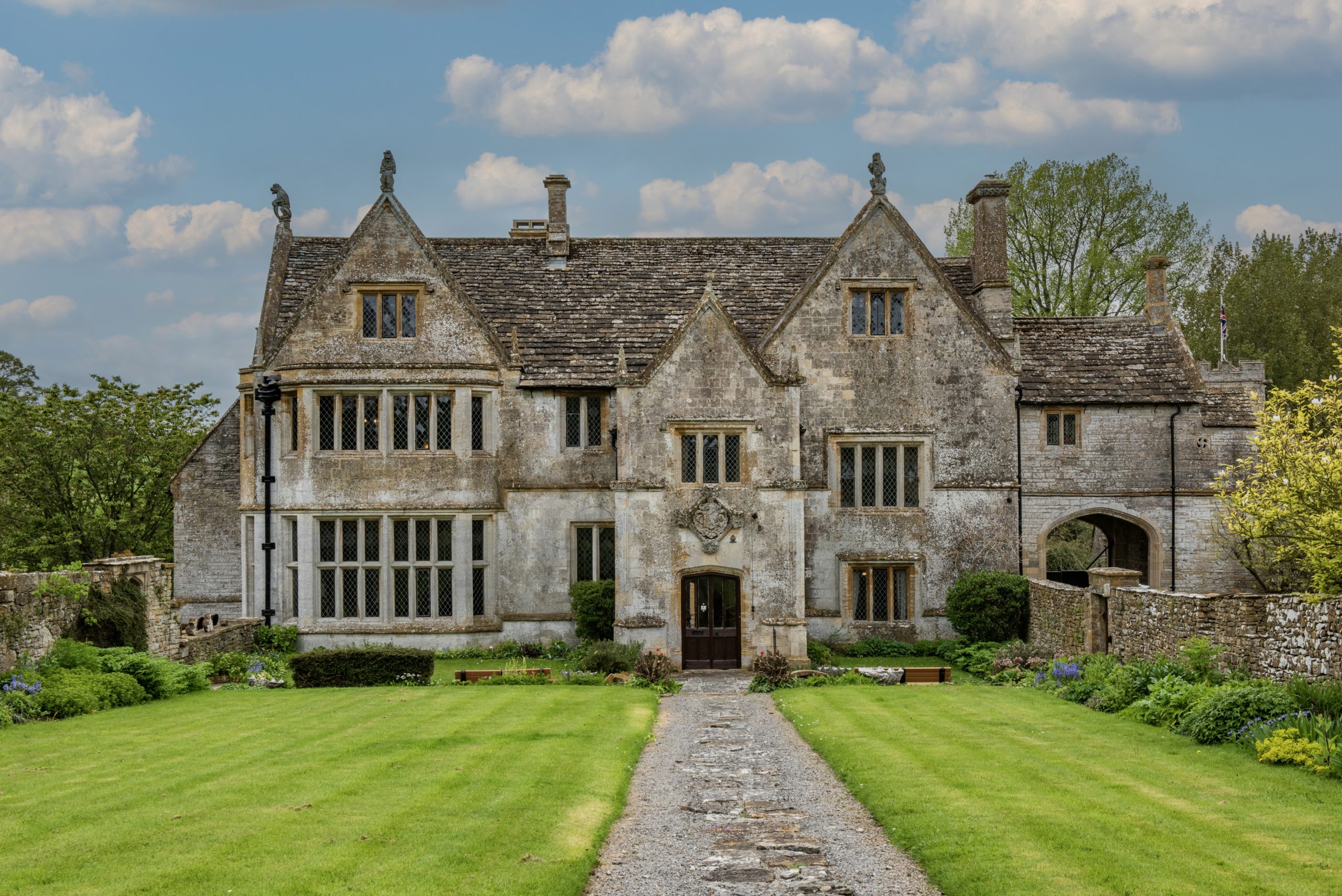

In March 1966, Country Life ran a two-part article on The Manor House in Sandford Orcas, near the Dorset market town of Sherborne. It is ‘one of the most charming manor houses in the West of England’, wrote the magazine’s then Architectural Editor, Arthur Oswald.
At the time, the house had not come up for sale for 230 years. Now, it’s almost three centuries since it last changed hands; but that is about to change since The Manor House has come to the market at £6.5 million.
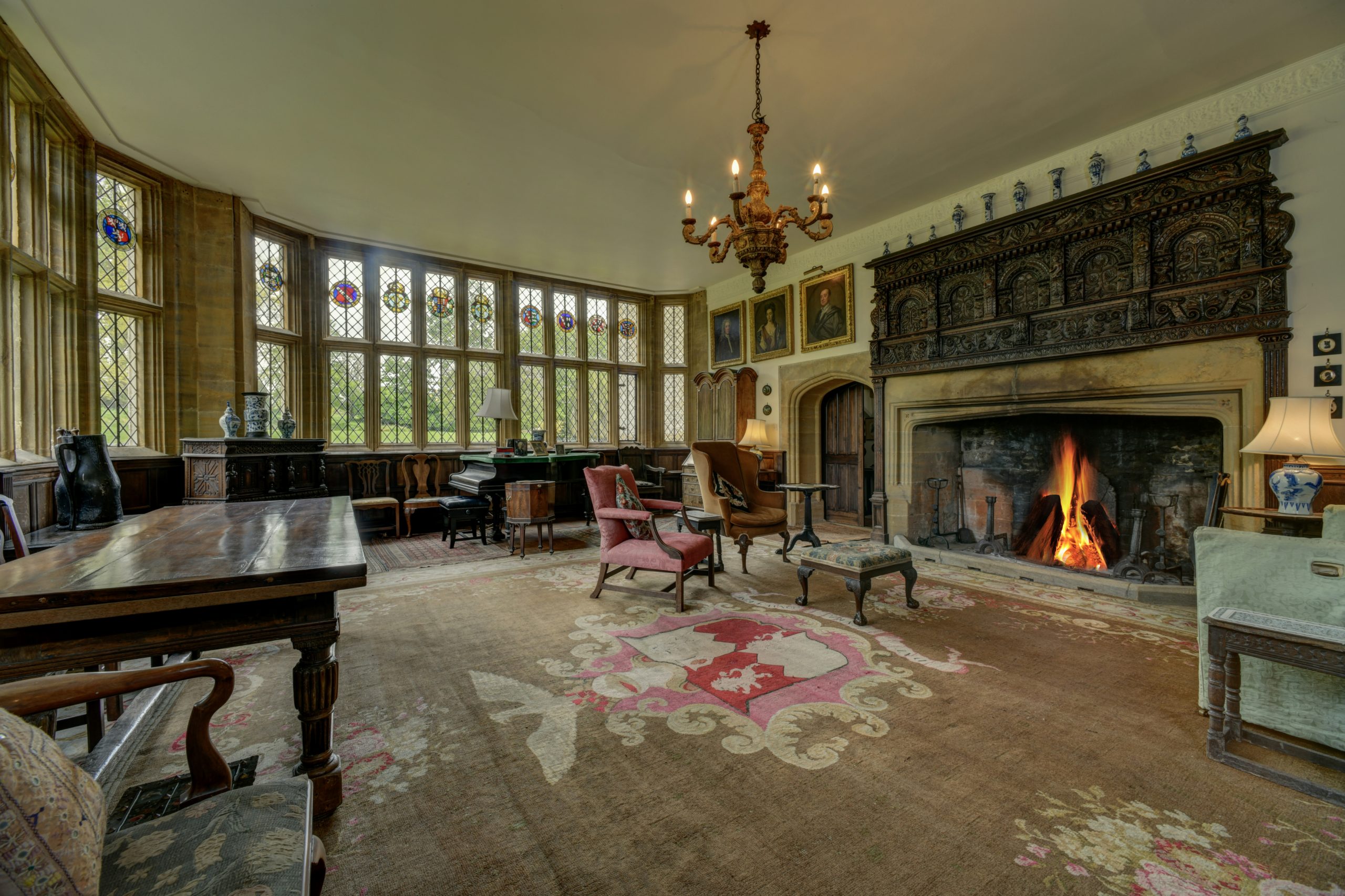
Oswald went on to maintain that ‘often the most enchanting of Tudor houses prove to have been those that were deserted by their owners in the 18th century and turned into farmhouses’. He explains that ‘although farmers might not be the best of custodians, they were unlikely to make more than minor alterations themselves, and most landlords would have been content with the minimum of maintenance. So the house would remain unchanged’.
Thus it was that, in 1872, after 124 years of farmer occupation, Hubert Hutchings, whose family had owned the estate since the early 1700s, decided to live at the manor himself. Working closely with his architect, Harry Hall, who, according to Oswald, ‘had a light touch and no aggressive urge to leave the marks of his own personality behind’, Hutchings carried out a ‘quite unusually sympathetic’ renovation of the manor house, now listed Grade I.
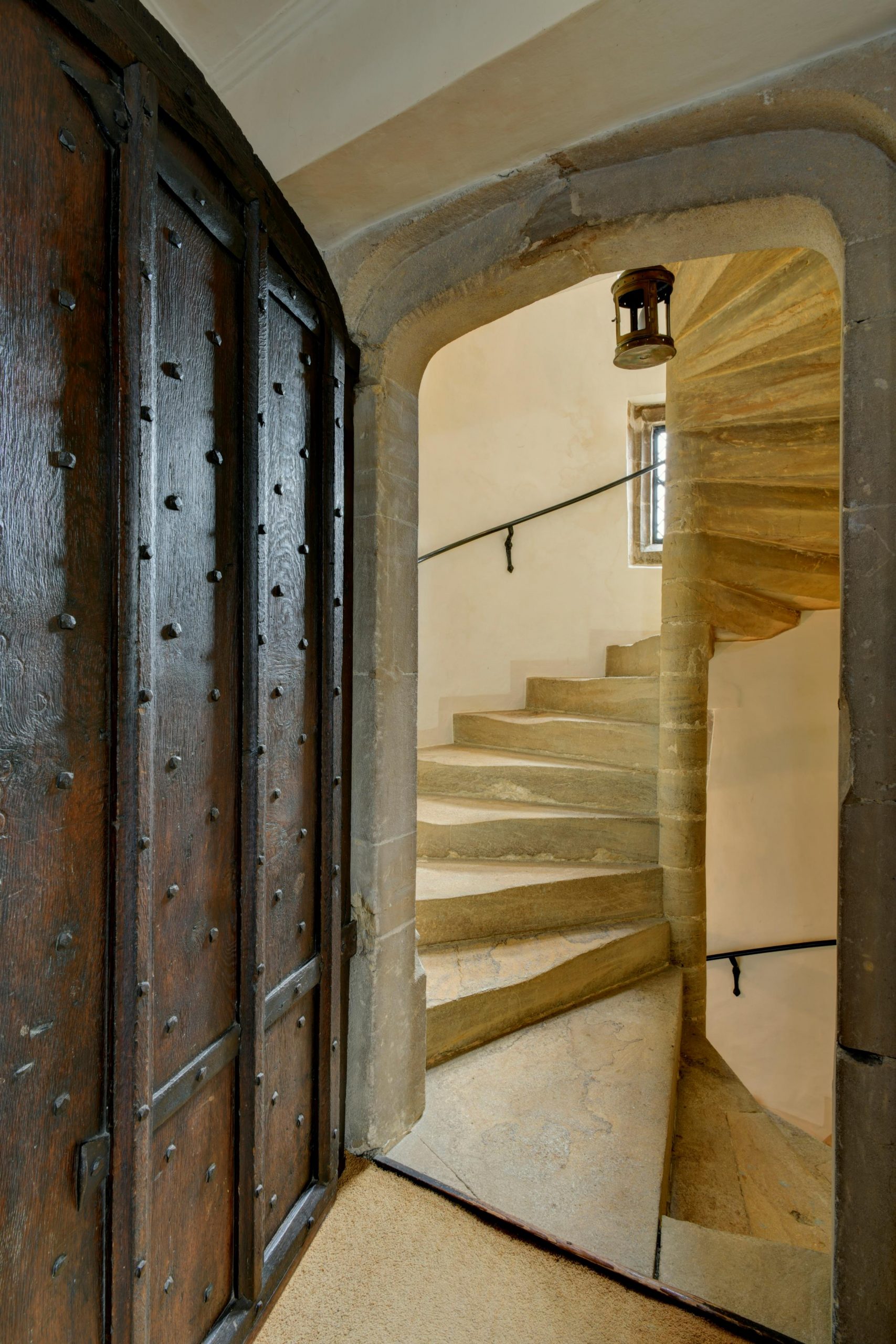
Hutchings died in 1898 and, following the death of his widow in 1914, Sandford Orcas passed under the terms of his will to his cousin, Sir Hubert Medlycott, the 6th baronet, of Ven House at nearby Milborne Port. Sir Hubert was succeeded at The Manor House by his son, also Hubert, and his grandson, Christopher, who let the house until 1978, when it passed to the late Sir Mervyn Medlycott, the 9th baronet. He died in 2021, after undertaking another extensive refurbishment, during which the roof was renewed, and the entire house re-plumbed and re-wired.
Now on the market for the first time since 1736, through Knight Frank in Sherborne (01935 810062) and London (020–7861 1717), The Manor House is being offered either as a whole or in three lots. Lot 1, comprising Sandford Orcas Manor, set in 73 acres of formal and walled gardens, woodland and pasture, is for sale with a guide price of £6.5 million. Lot 2, the 259-acre Manor Farm, comprising two separate blocks of farmland, a four-bedroom farmhouse and a large farmyard with modern agricultural buildings, is on offer at £2.65m. Lot 3, a further parcel of pasture currently let under a Farm Business Tenancy, is available at £350,000.
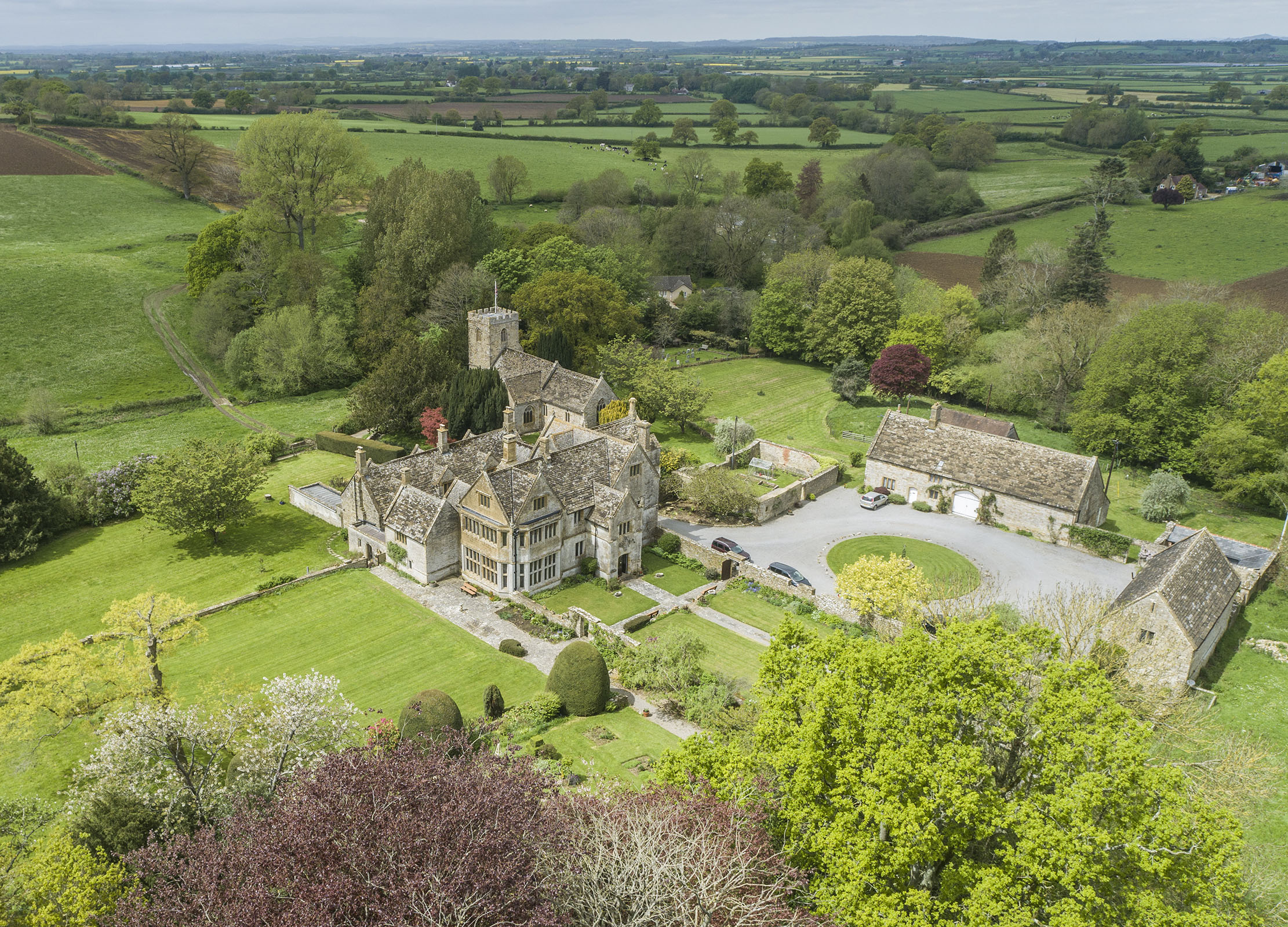
Historically part of Somerset but transferred to Dorset following a county boundary change in 1896, the village of Sandford Orcas takes its name from the sandy ford across the stream beside which the original settlement grew up, whereas Orcas derives from the surname of the Norman de Orescuilz family who held the manor in the 12th century. In 1939, Arthur Mee, editor of The Kings England, described the village as ‘lying in a green lap surrounded by hills and reached by a sunken lane. Its gracious Tudor manor house stands by the church, its gatehouse like a friendly neighbour of the House of God’.
Sign up for the Country Life Newsletter
Exquisite houses, the beauty of Nature, and how to get the most from your life, straight to your inbox.
In the 14th century, the manor was held by the Knoyle family from Wiltshire and, in 1533, was inherited by Edward Knoyle, who built the present house, probably in about 1550. Much of the interior stonework, such as the fireplaces in the hall and the parlour, dates from this period, whereas the glorious woodwork that is such an important element of the house was originally put in place by him or his immediate successors.

The Knoyle family fortunes took a turn for the worse when their Catholic beliefs and support for the Royalist cause in the Civil War left them in dire financial straits. By 1651, the house was heavily mortgaged and, in 1674, the mortgagees decided to foreclose. The Knoyles eventually left Sandford Orcas in about 1700, after which the absentee owners were London merchants who, in 1736, instructed a local lawyer, John Hutchings, to sell the property. Clearly a man with an eye for a bargain, Hutchings bought the house himself, since when The Manor House and its estate have been owned by his descendants.
Built of the local, golden Ham stone under stone slate roofs, The Manor House provides 9,225sq ft of atmospheric living space on two main floors, with a bedroom and ante-chamber in the gatehouse, and four attic rooms on the third floor. The entrance porch leads through to the 17th-century screens passage, with a door through to the Great Hall, arguably the most impressive room in the house.

The fireplace in the hall is 16th century, with further 16th-century fireplaces in the Solar chamber-bedroom and upstairs chambers. A stone spiral staircase at the west end of the screens passage leads to the Red Room ante-chamber, bedroom and bathroom, beyond which are the inner chamber and Great Chamber bedrooms.

The kitchen is located in the west wing, which has been fully refurbished and consists of a delightful country kitchen, a breakfast room with flagstone floors, four bedrooms, a bathroom and a shower room.

Further accommodation is available in the three-bedroom Manor Cottage, currently let under a protected life tenancy, and the one-bedroom Stable Flat, presently let under an assured shorthold tenancy with a two-month notice period.
The Manor House and estate in Sandford Orcas is for sale at £6.5m — see more pictures and details.


Credit: Strutt and Parker
Best country houses for sale this week
An irresistible West Country cottage and a magnificent Cumbrian country house make our pick of the finest country houses for
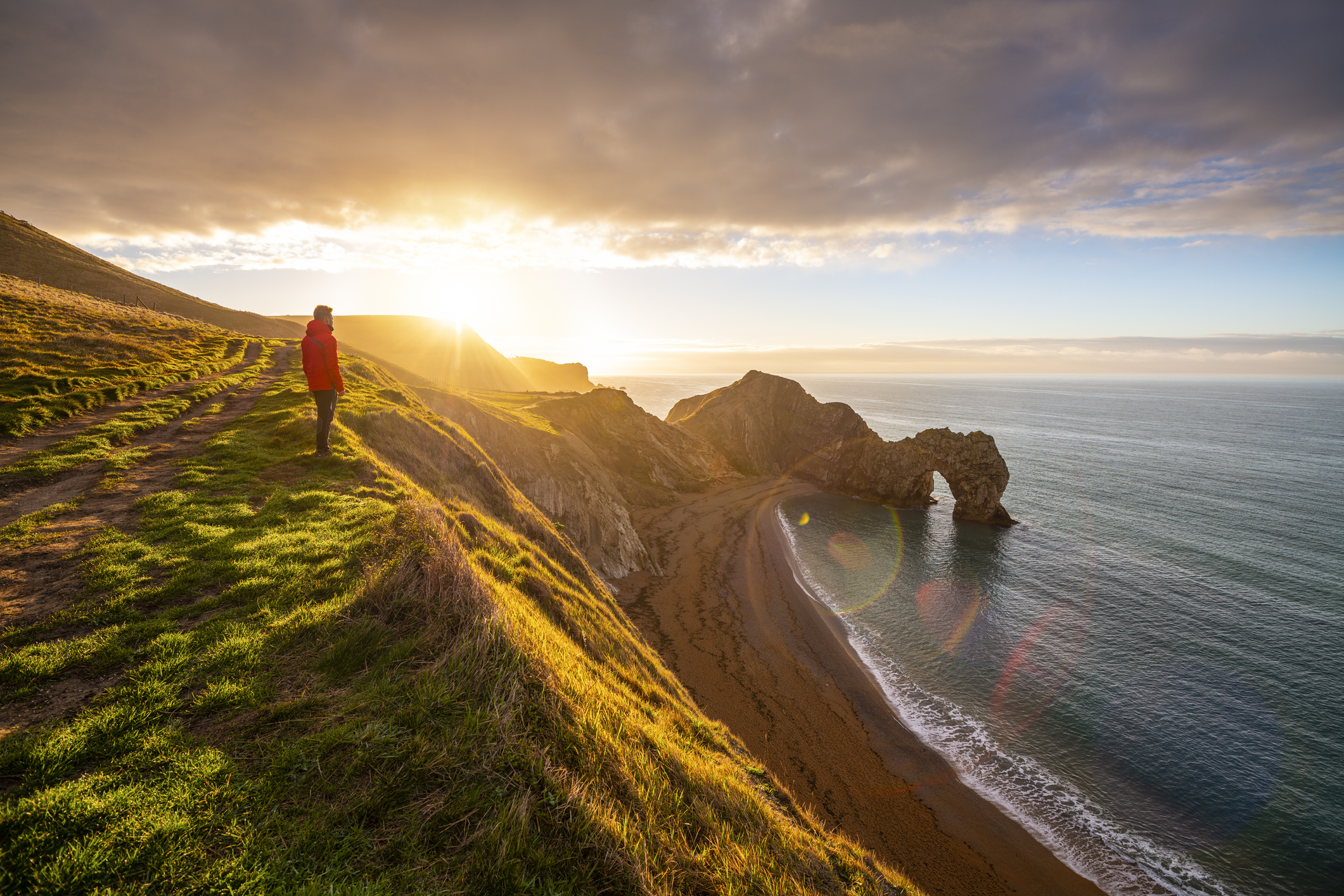
The Country Life guide to Dorset: Where to go, what to see, where to stay and where to eat
Magnificent coastline, beautiful countryside, irresistible romantic ruins and wonderful local produce make Dorset a superb place to go. Here's our
-
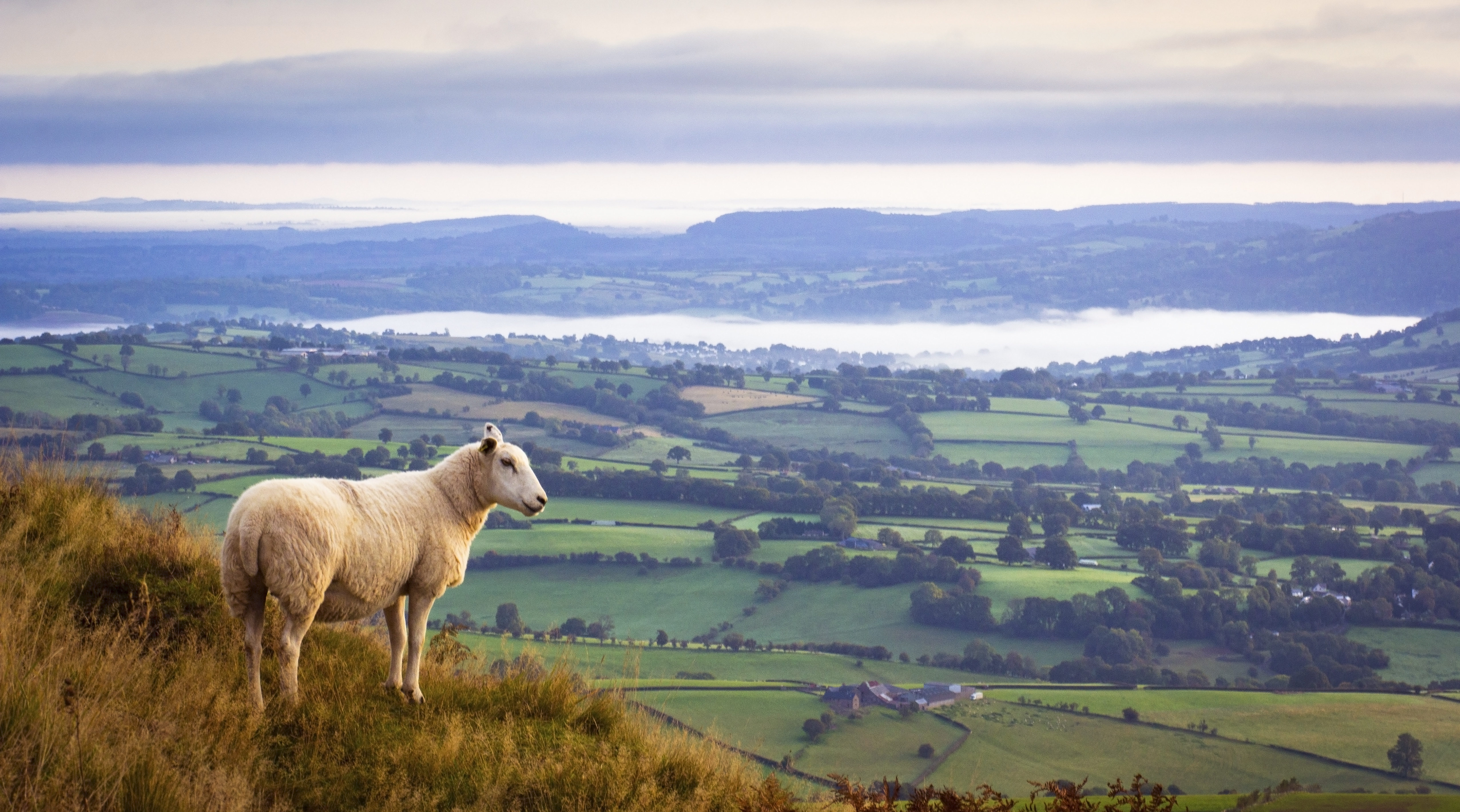 Minette Batters: 'It would be wrong to turn my back on the farming sector in its hour of need'
Minette Batters: 'It would be wrong to turn my back on the farming sector in its hour of need'Minette Batters explains why she's taken a job at Defra, and bemoans the closure of the Sustainable Farming Incentive.
By Minette Batters Published
-
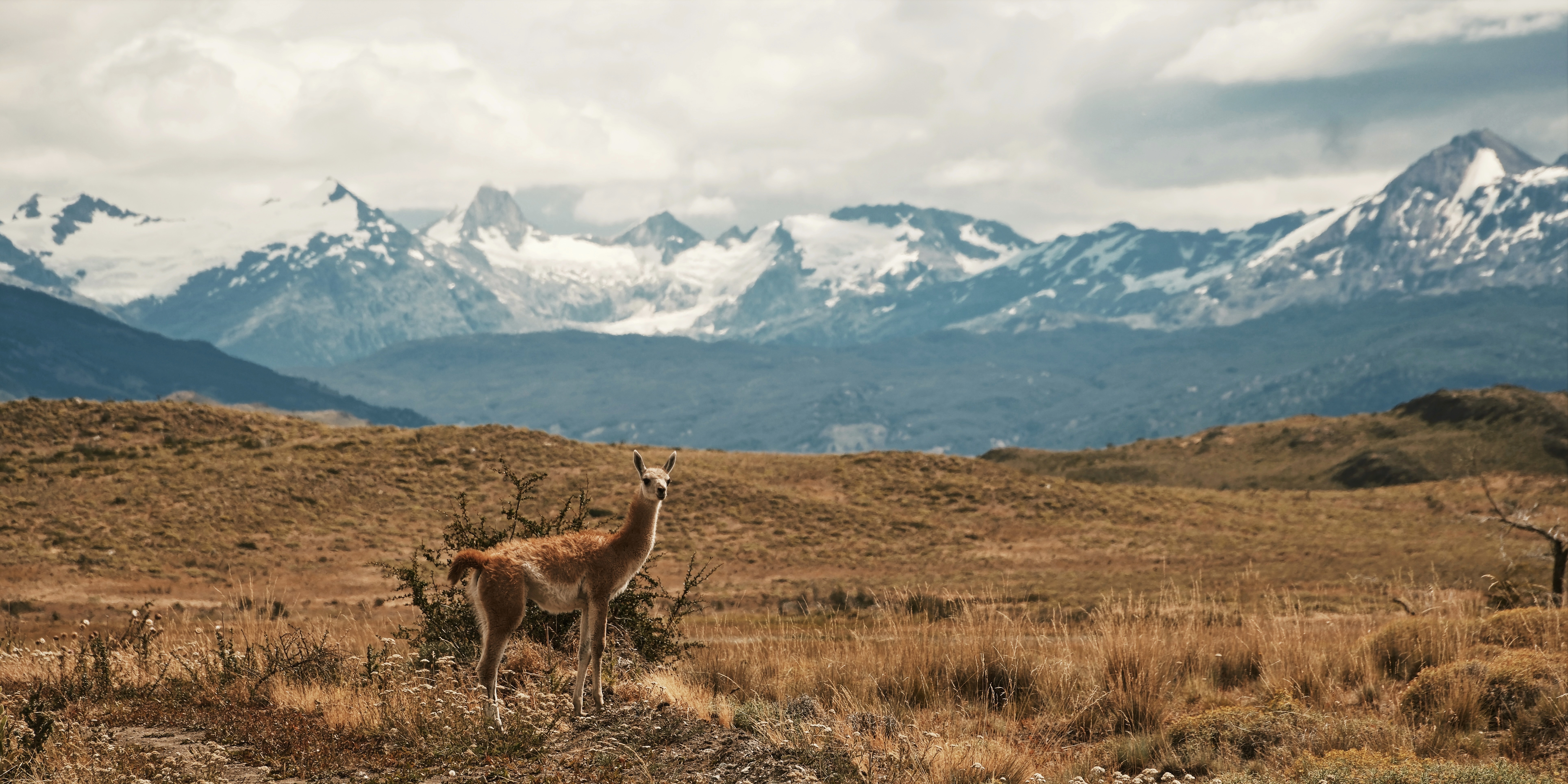 'This wild stretch of Chilean wasteland gives you what other National Parks cannot — a confounding sense of loneliness': One writer's odyssey to the end of the world
'This wild stretch of Chilean wasteland gives you what other National Parks cannot — a confounding sense of loneliness': One writer's odyssey to the end of the worldWhere else on Earth can you find more than 752,000 acres of splendid isolation? Words and pictures by Luke Abrahams.
By Luke Abrahams Published
-
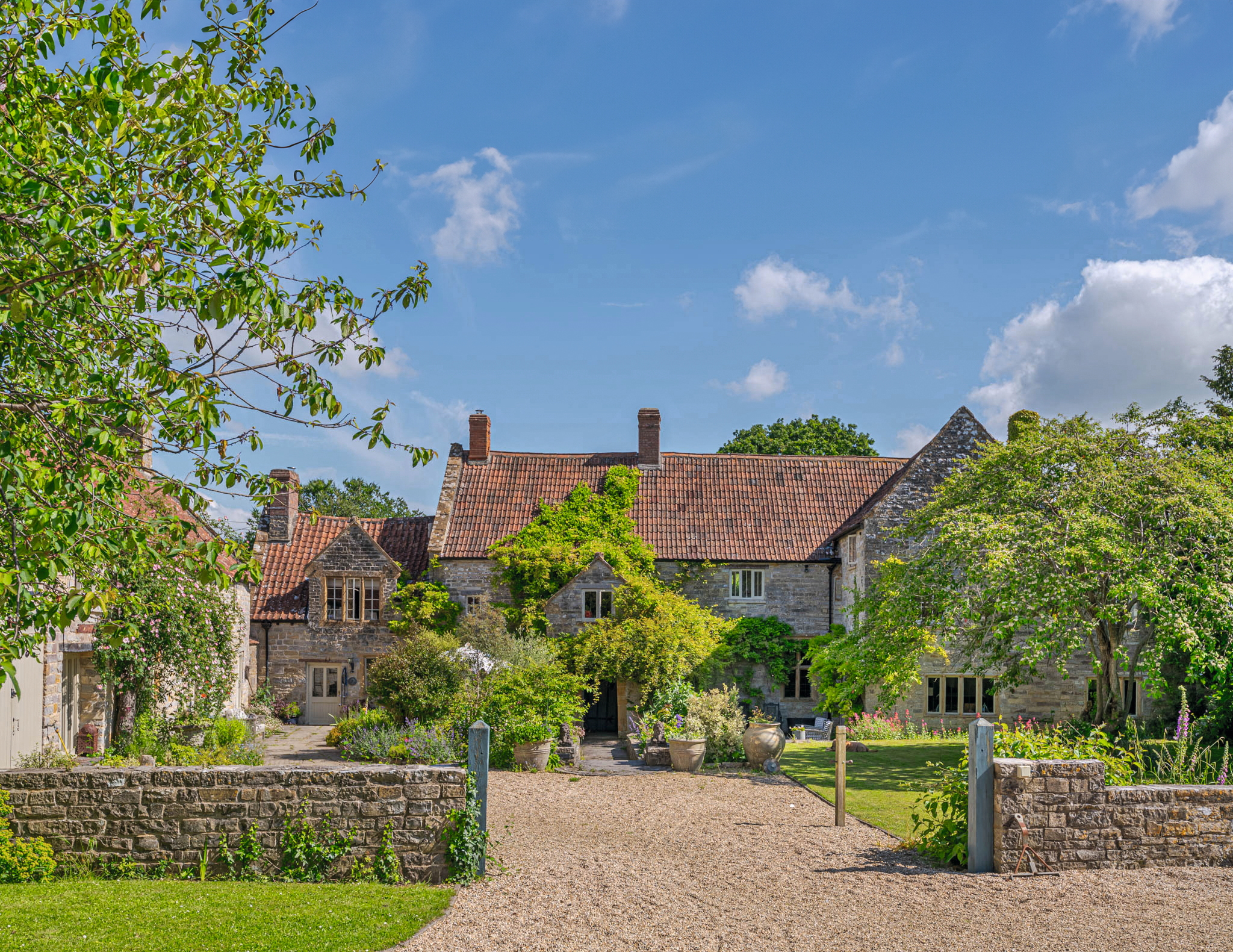 A Grade II*-listed country manor with one of the most beautiful drawing rooms in England
A Grade II*-listed country manor with one of the most beautiful drawing rooms in EnglandIf Old Manor Farm in Somerset is good enough for Pevsner, it's good enough for you.
By Penny Churchill Published
-
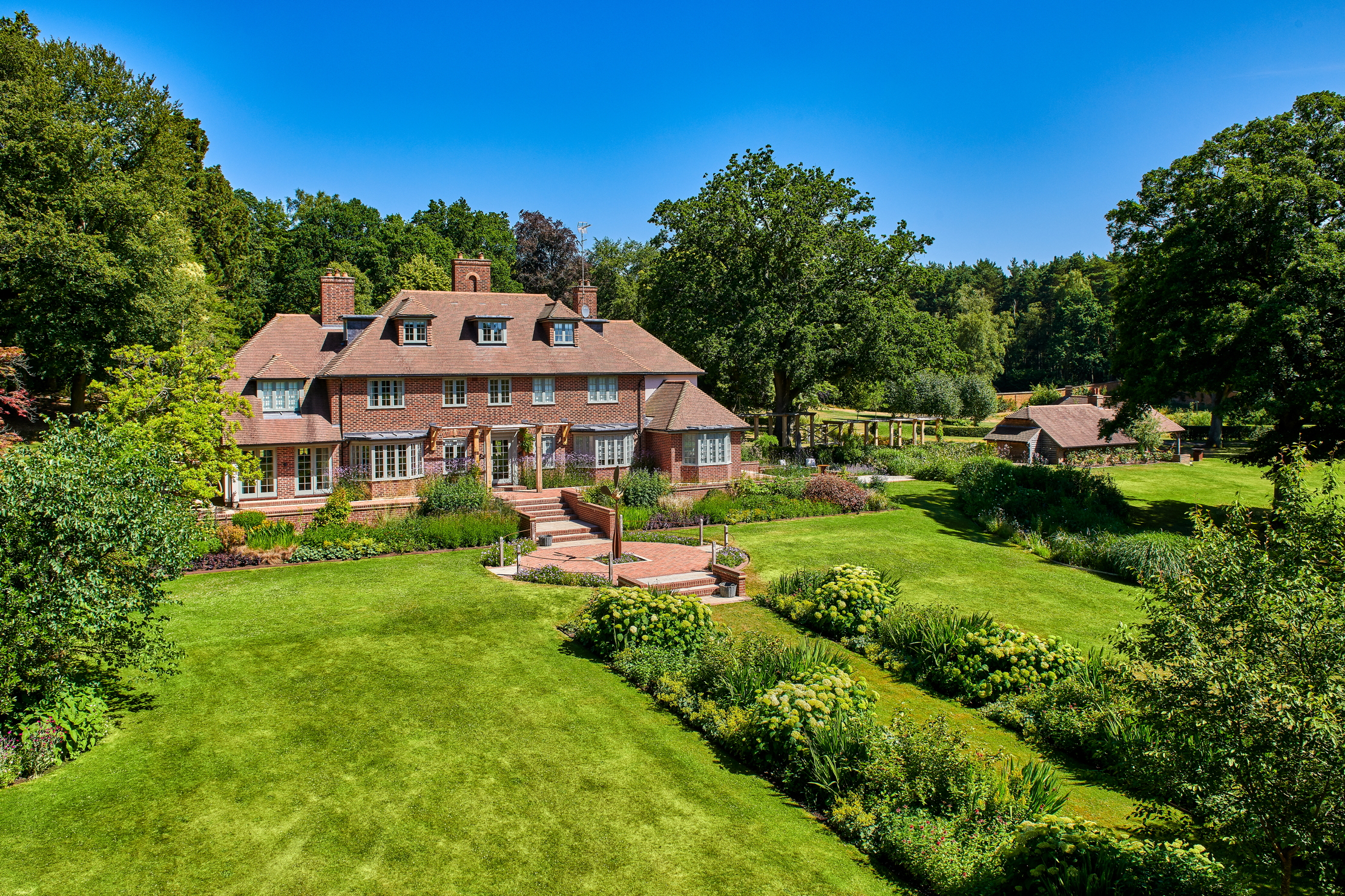 An eight-bedroom home in Surrey where an army of robots will look after your lawns
An eight-bedroom home in Surrey where an army of robots will look after your lawnsDo not fear the bladed guardians of Monksfield House. They are here to help.
By James Fisher Published
-
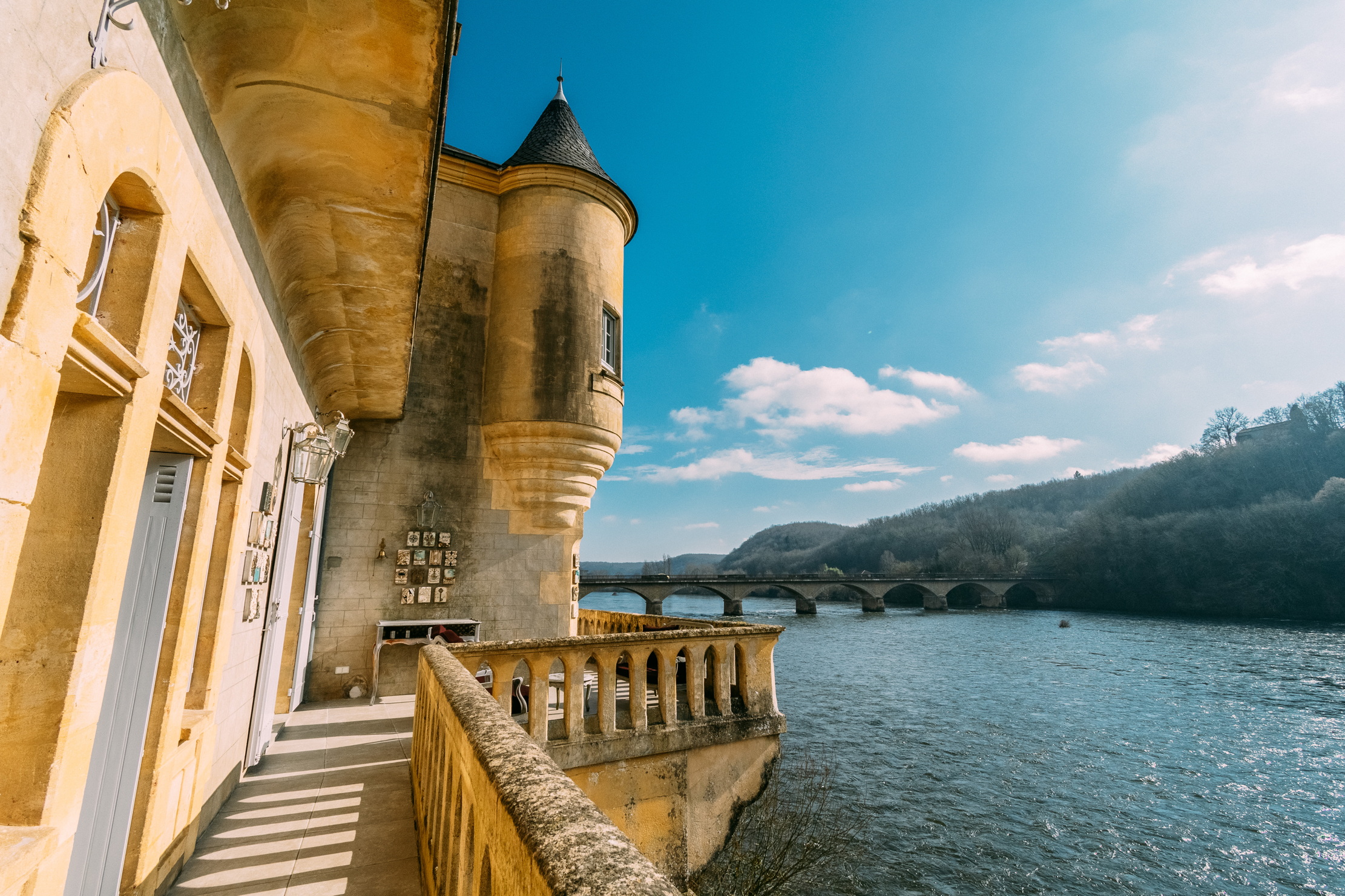 A French castle for sale on the banks of the Dordogne? With a swimming pool? Where do we sign?
A French castle for sale on the banks of the Dordogne? With a swimming pool? Where do we sign?This chateau in Lalinde is nothing short of a historical delight in the south of France. And it comes fully furnished.
By James Fisher Last updated
-
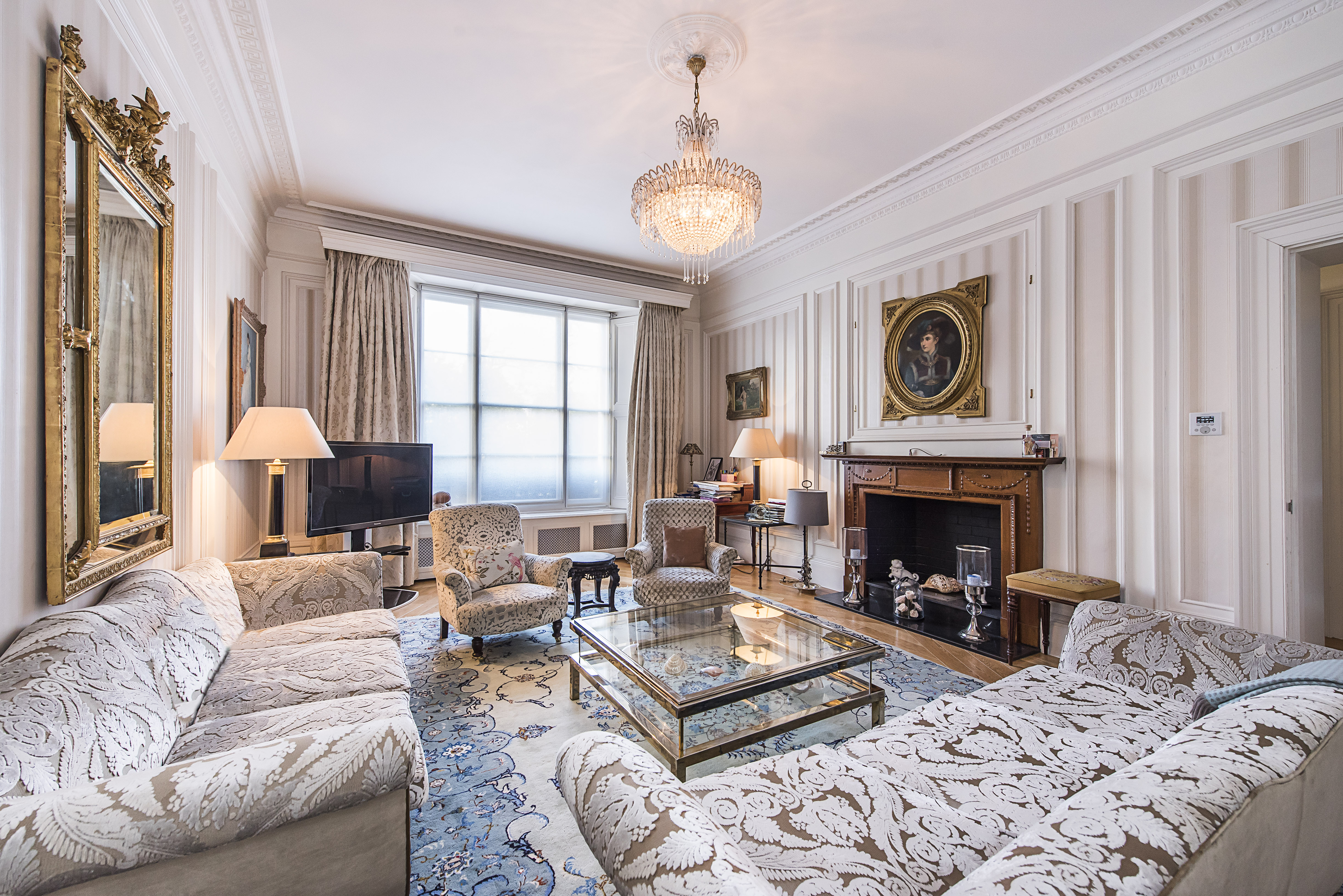 Sip your morning tea where Churchill once paced, as his former Pimlico home comes up for sale
Sip your morning tea where Churchill once paced, as his former Pimlico home comes up for saleThe five-bedroom flat in Eccleston Square offers ‘historical gravitas and modern comfort’ in a leafy pocket of London.
By Annabel Dixon Published
-
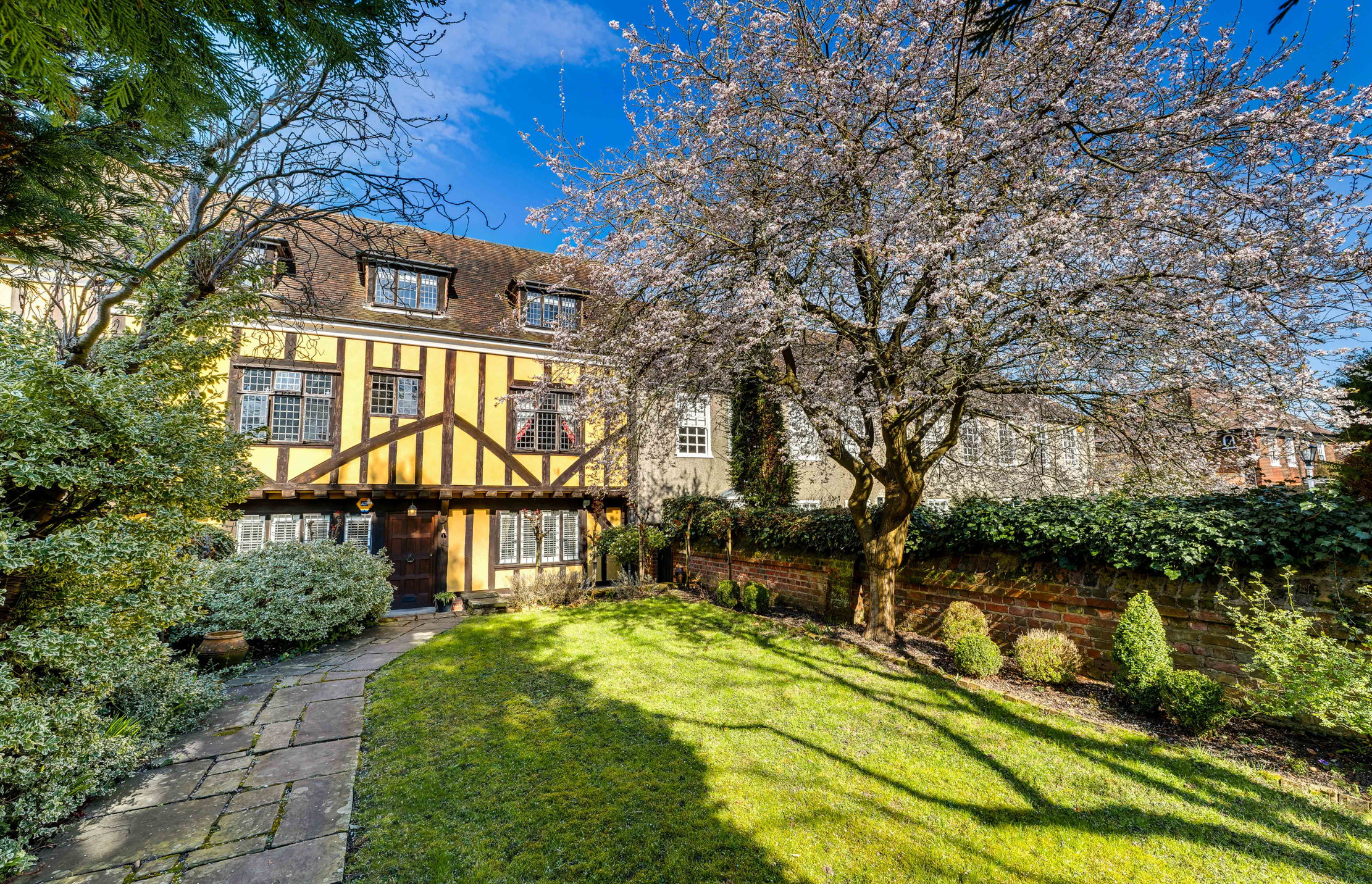 Live a life of Tudor fancy in this five-bedroom London home with links to Cardinal Wolsey and Henry VIII
Live a life of Tudor fancy in this five-bedroom London home with links to Cardinal Wolsey and Henry VIIIFans of Wolf Hall rejoice, as a rare chance to own a Tudor home inside the M25 comes to market.
By James Fisher Published
-
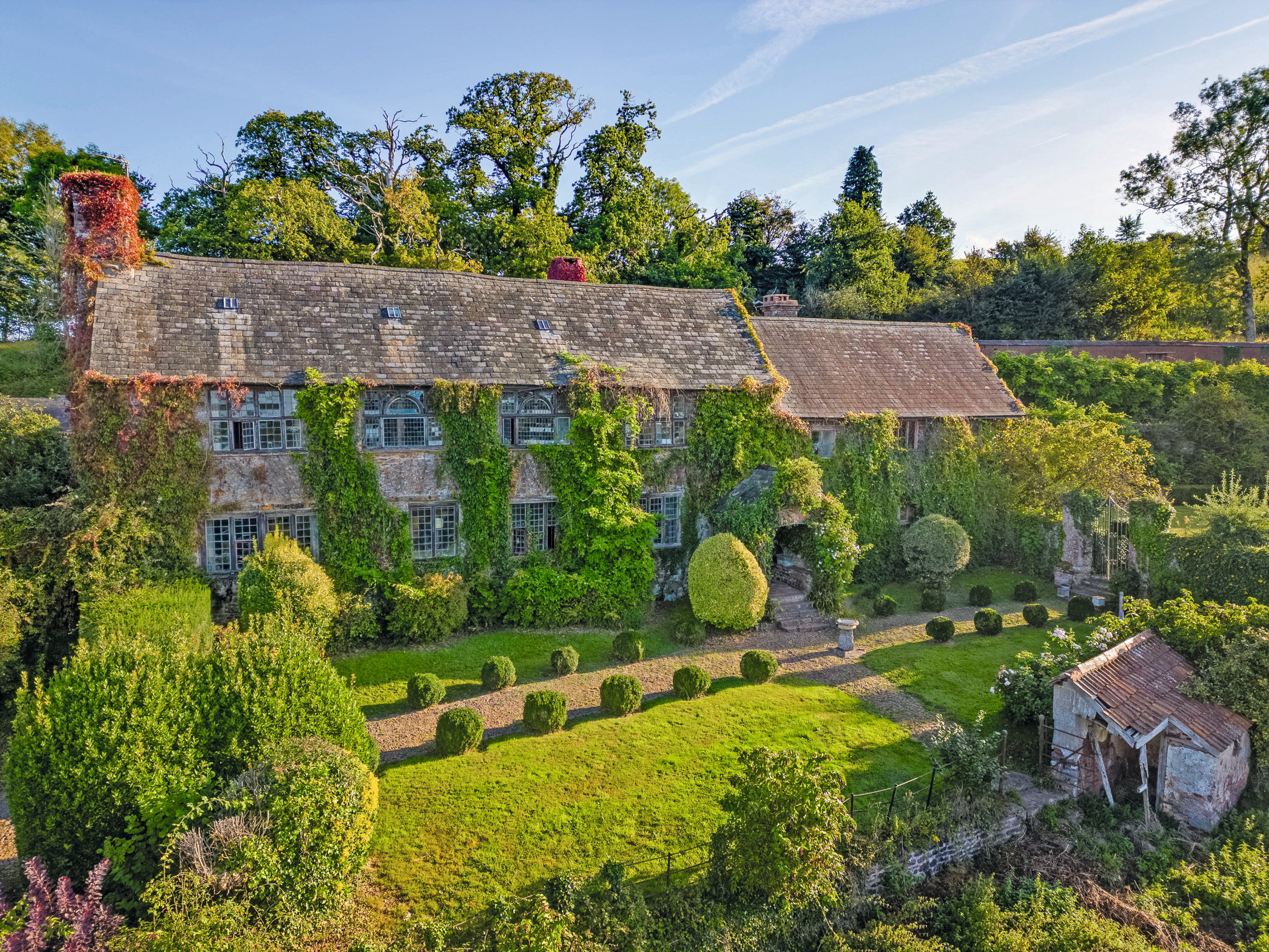 Murder, intrigue and 'the magic of a bygone era' at this eight-bedroom home set in 25 acres of Devon countryside
Murder, intrigue and 'the magic of a bygone era' at this eight-bedroom home set in 25 acres of Devon countrysideUpcott Barton is a family home steeped in history and comes with more than 5,000sq ft of living space.
By Penny Churchill Published
-
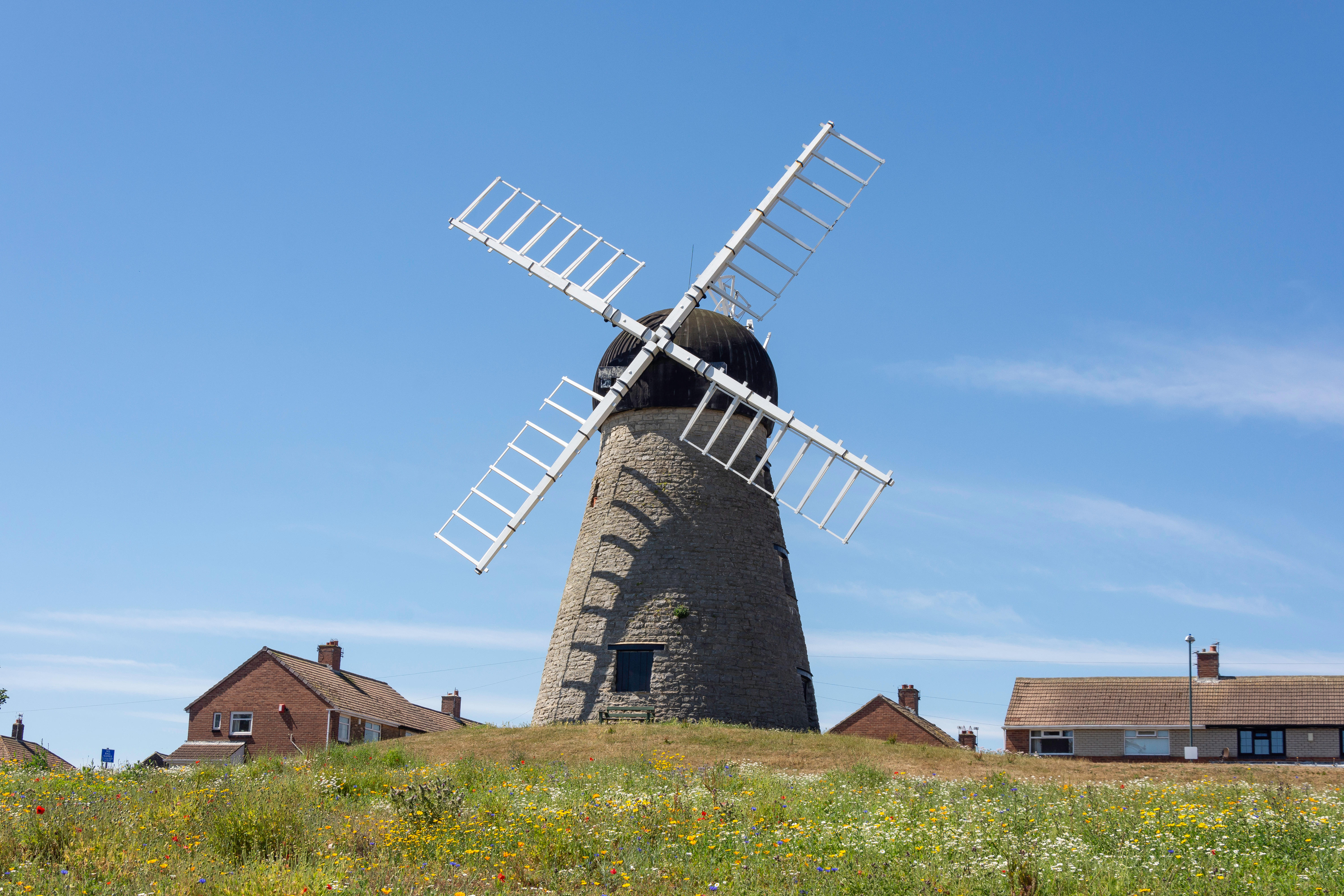 The 'best places to live' ranking that lists all 1,447 towns, cities and large villages in England and Wales — who is this year's winner?
The 'best places to live' ranking that lists all 1,447 towns, cities and large villages in England and Wales — who is this year's winner?Redbourn has been named the best place to live in the country.
By Annabel Dixon Published
-
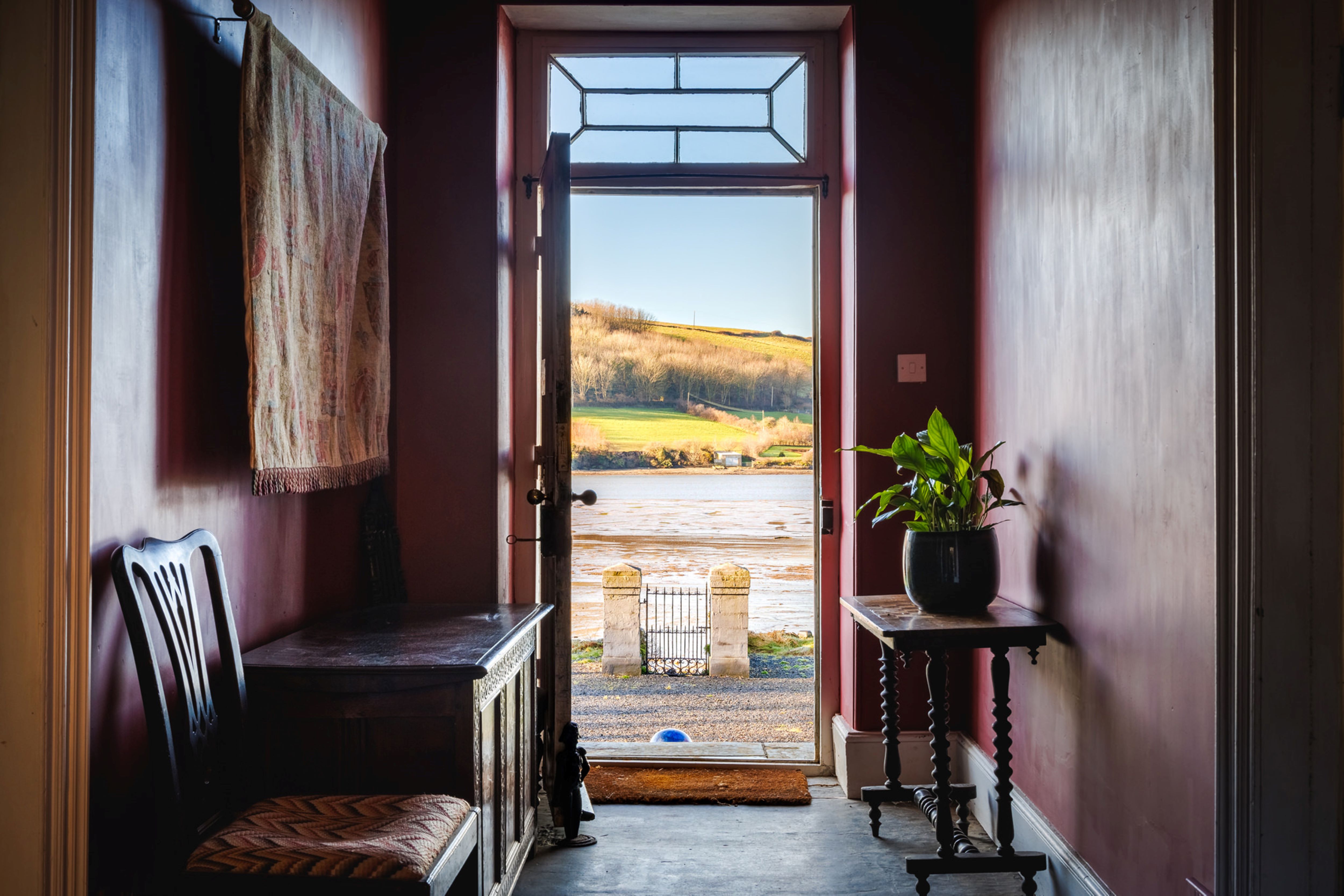 A six-bedroom house in Wales with estuary views and some gloriously fun interiors
A six-bedroom house in Wales with estuary views and some gloriously fun interiorsBrynymor House is somehow more beautiful on the inside than the outside.
By James Fisher Published
